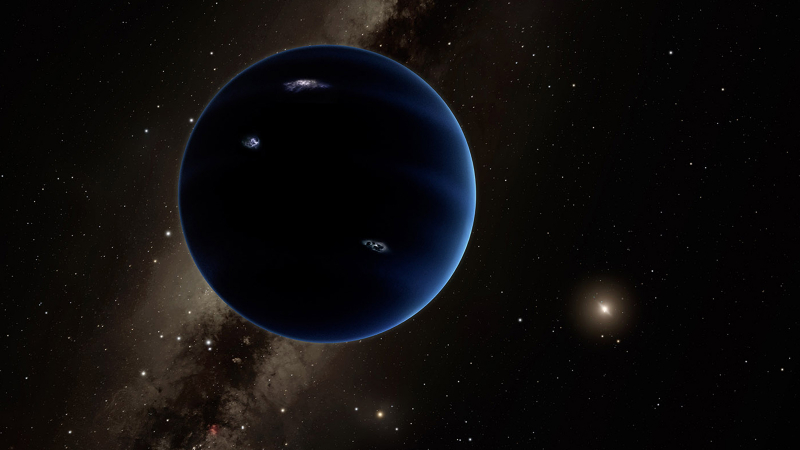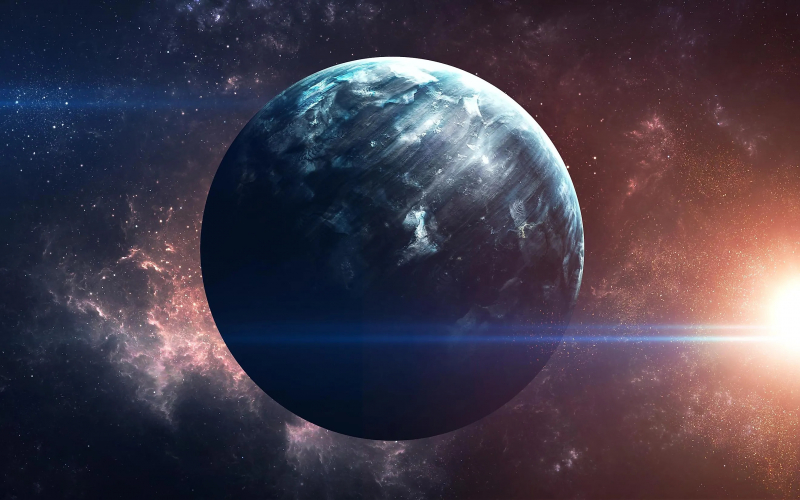Planet X

Top 6 in Top 7 Ghostly Planets
Following the 1846 discovery of Neptune, efforts were made to find Planet X, a planet that was thought to be disturbing the orbits of other planets. Percival Lowell spent his entire life searching and passed away in 1915 dissatisfied. At Lowell Observatory, the hunt for Pluto continued, and Clyde Tombaugh finally discovered it in 1930. However, there was a small issue. Pluto was far too small to account for the alterations. Planet X continued to exist, right? It appeared not. The perturbations vanished with Voyager 2's considerably more precise measurement of Neptune's mass. Planet X was not required.
Planet X hasn't passed any missing planets on its way out, according to an analysis of the positions of the other Pioneer and Voyager spacecraft that have left the solar system. Based on data from the Wide-field Infrared Survey Explorer (WISE) all-sky survey, astronomers are certain that no planet larger than Jupiter exists out to a distance of 26,000 AU. (One astronomical unit [AU] is about equivalent to the Earth's average distance from the Sun, which is 150 million kilometers (93 million miles) away.) However, something smaller might exist. Two planets the size of Earth may exist at a distance of 200 AU, according to an examination of the orbits of extremely far-off trans-Neptunian asteroids.








